When I was at the store the other day I spied some of the most gorgeous stone fruits ever AND they were on sale. As I was loading up my bags of nectarines, plums and peaches I found myself watching how others chose their fruits. Some just picked up, shoved in the bag and walked away. Others would pick up each one and inspect it to the Nth degree only to put it down, pick up another and go back to their original one. Some sniffed it, some shook them (um why??) and others pressed on them. So I feed it’s my duty to share with you all my tips and tricks on how to picking the perfect stone fruit at the market.
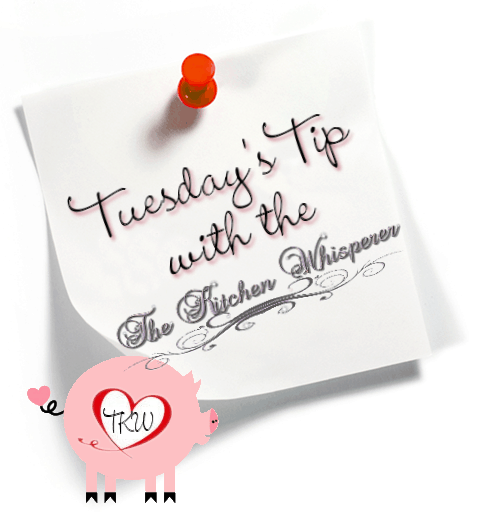
When you’re craving some of summer’s best offerings go for peaches, plums and nectarines. You want to look for fruit with vibrant colored flesh without brown spots or bruises. Give it a gentle squeeze – it should yield a little under your touch. Look for richly colored plums with no brown spots. Peaches and nectarines should have no green or wrinkly patches. The sweetest nectarines have small white speckles on the top half. Stone fruit that is under-ripe sometimes have green patches, while older fruit may have wrinkly areas. The fruit you should choose will be firm but supple.
How to store
Most stone fruit continues to ripen after being picked. Ripen stone fruits at room temperature, stem-end down. A sweet, flowery smell means peaches and nectarines are ripe and should be refrigerated, unwashed, in a plastic bag. Ripe plums have dull skins You can use a simple test to see if it needs to ripen a little longer: press the top of your finder softly near the stem of the fruit. If it dents easily, it is ripe. Peaches and nectarines also have a sweet, flowery scent when they are ready to be eaten. Once ripe, store in the crisper drawer of your fridge. Stone fruit bruises easily, so minimize handling and avoid stacking fruit more than two deep.
How long to keep
Ripe plums and yellow peaches should last uncovered in the refrigerator for three to five days. Nectarines and white peaches ripen more quickly and should usually only be refrigerated for one day. Most stone fruit (e.g., peaches, nectarines, plums, pluots, etc.) continues to ripen after being picked. It is important to ripen the various varieties of stone fruit at room temperature without moving them to your refrigerator until they are fully ripe. If stone fruit is exposed to temperatures between 36 and 50 degrees Fahrenheit before it is ripe, it can suffer internal breakdown which may result in mealy flavorless fruit. The best way to tell if stone fruit is ripe is to give it a gentle squeeze. If the fruit is tender, it is probably ripe. Ripe stone fruit also has a wonderful full-bodied aroma. When storing stone fruit, it is best not to stack it more than two layers deep. Avoid plastic bags at all costs. Since chemical fungicides are not used on organic stone fruit, moisture build-up can lead to mold.
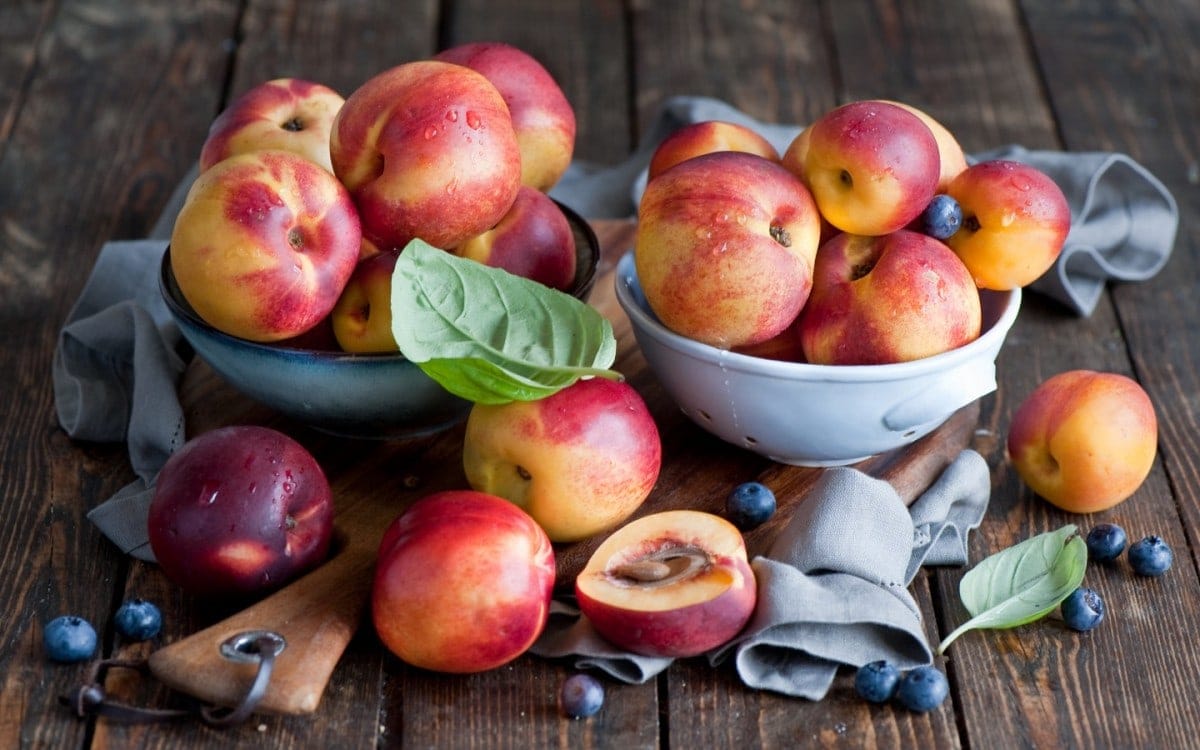



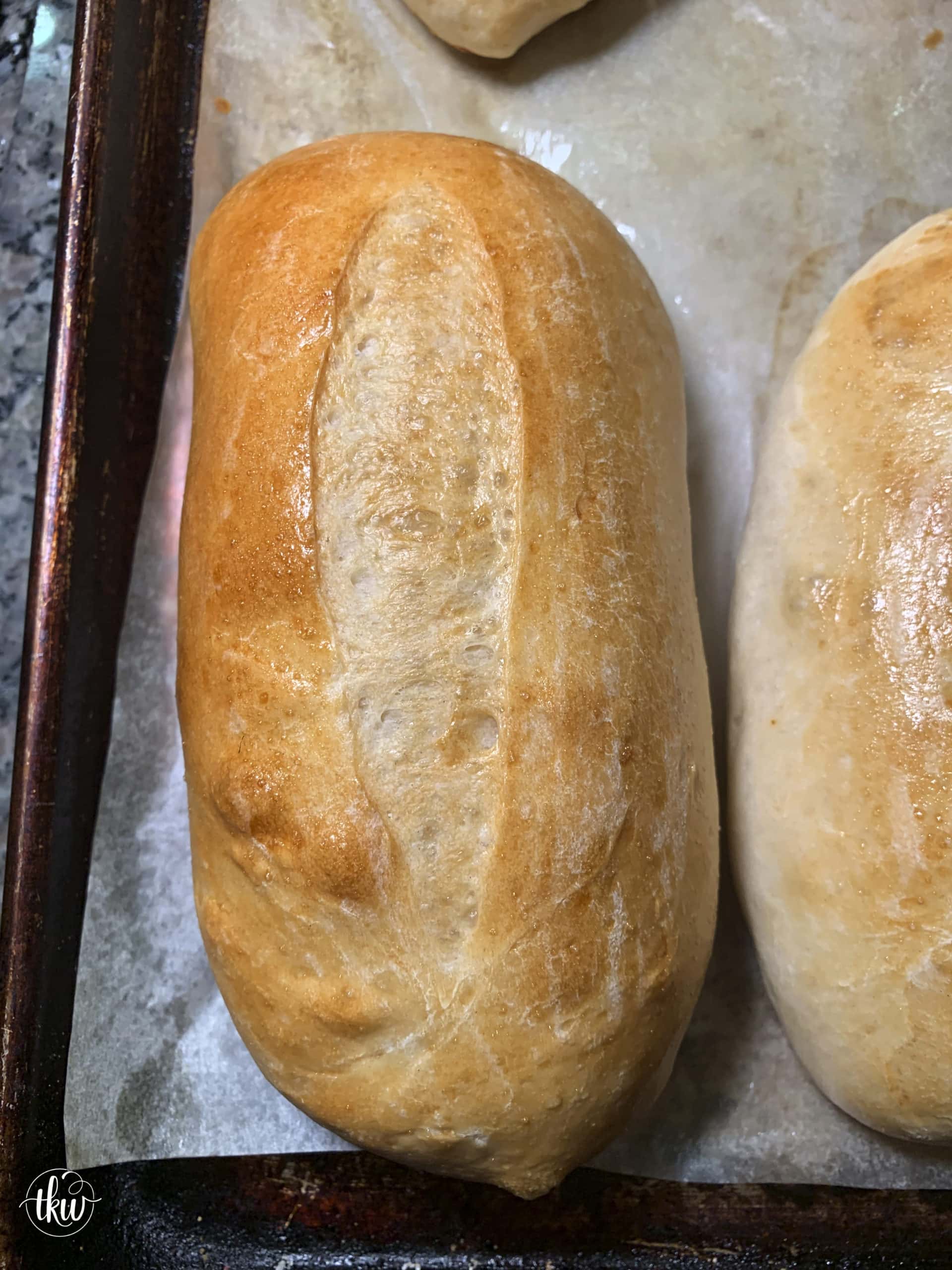
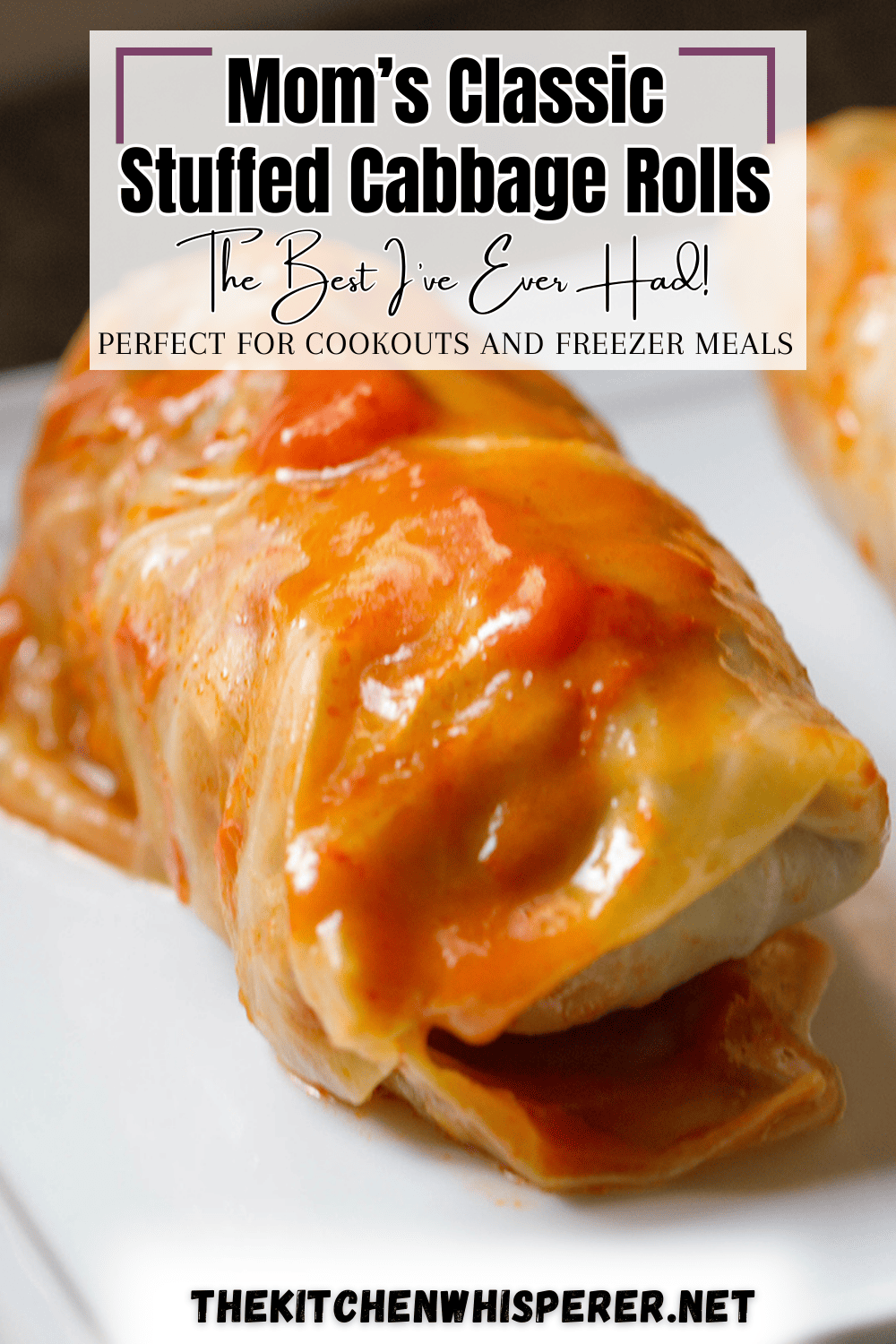
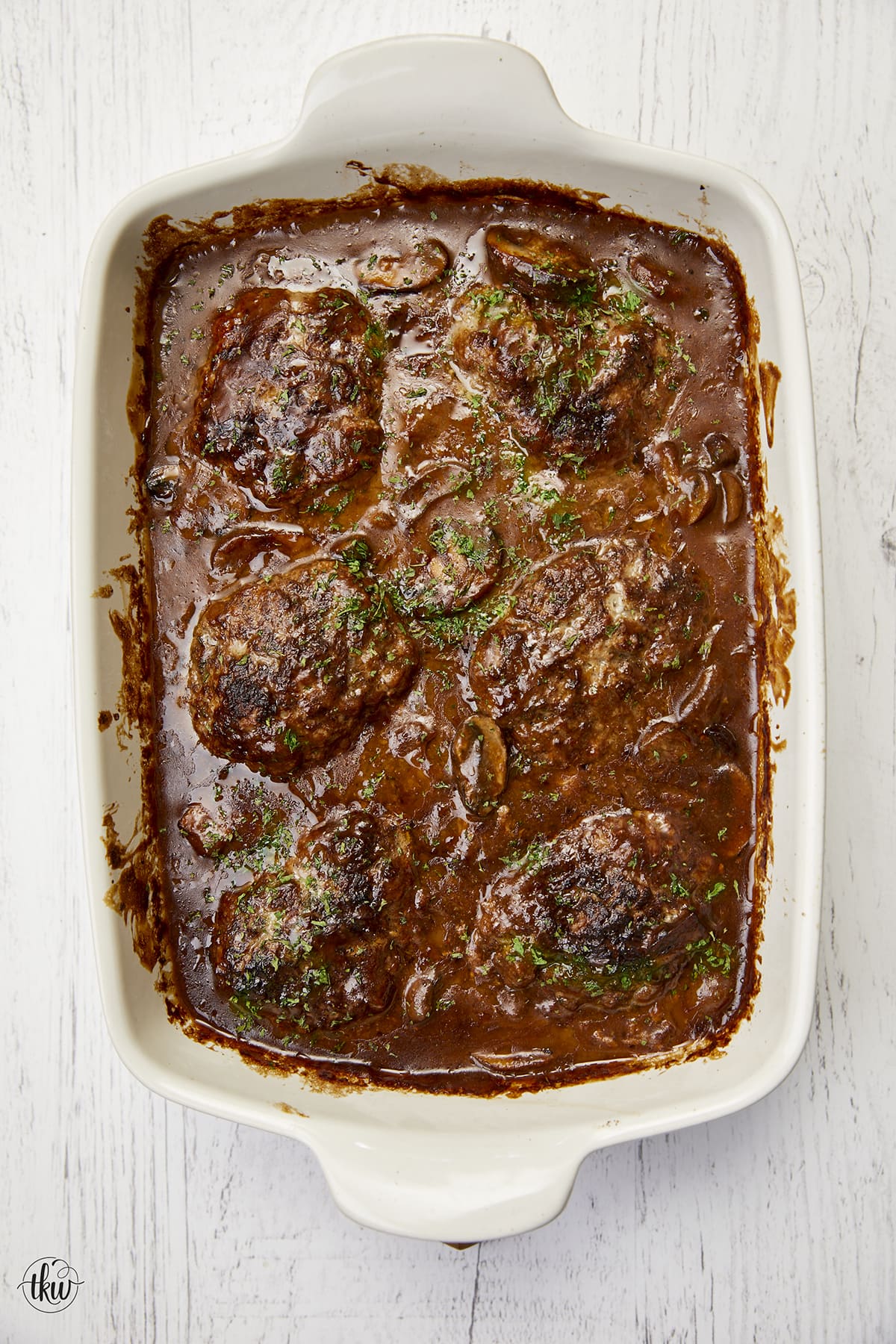

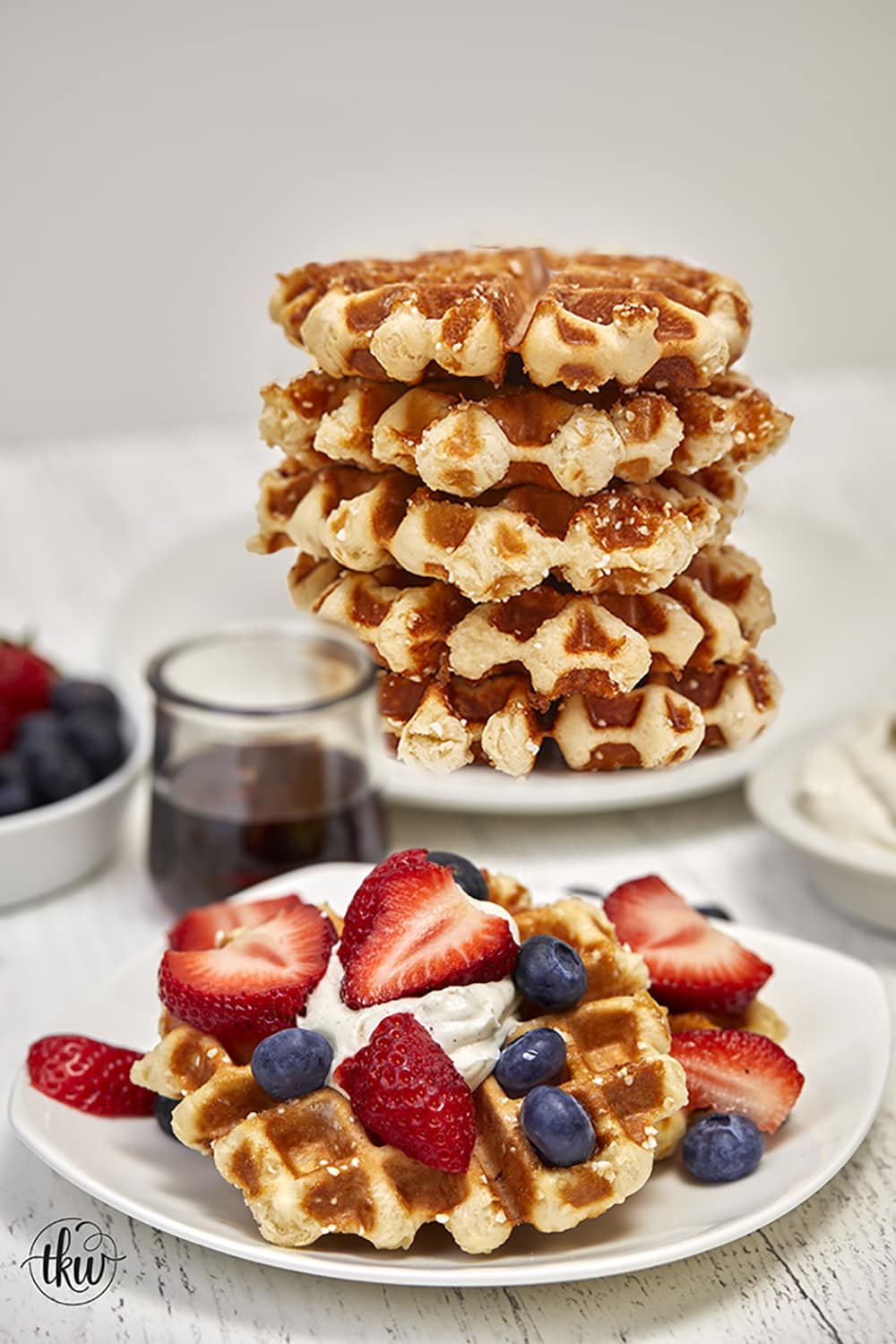

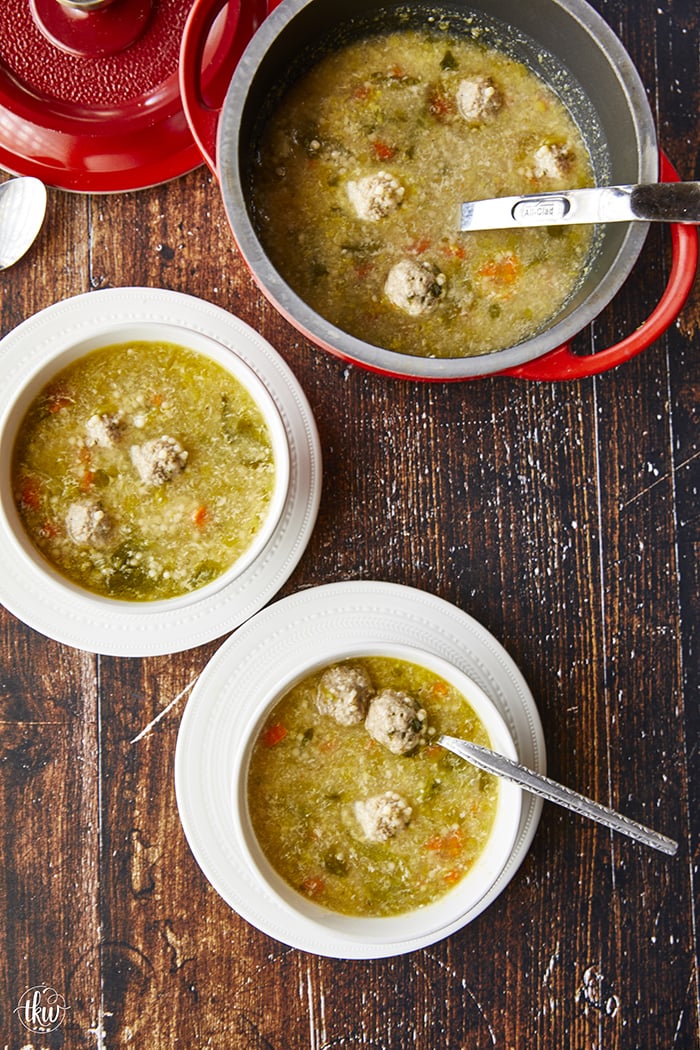

Leave a Reply